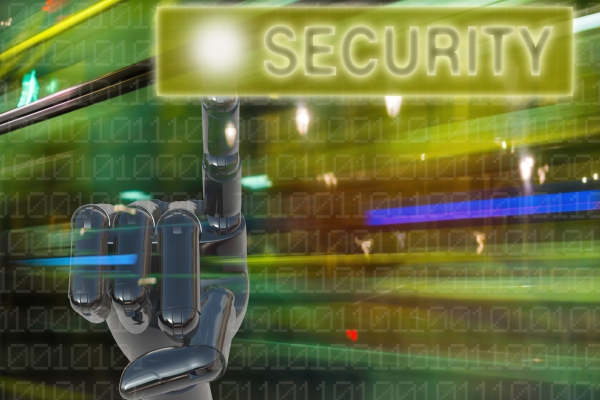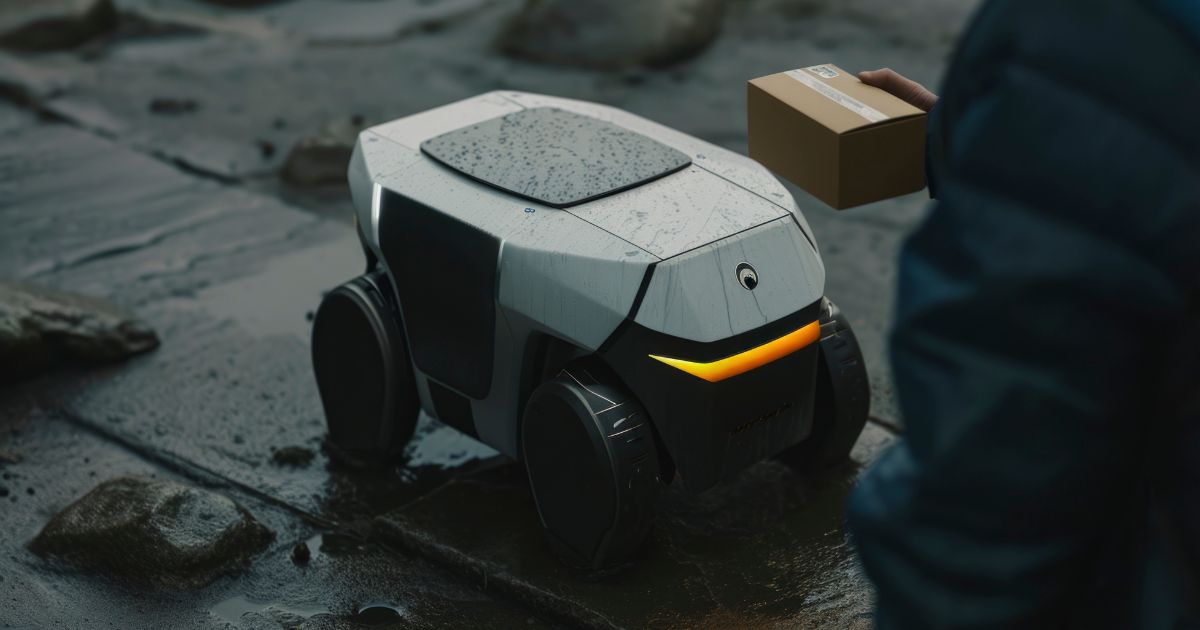
Enterprises today operate in an increasingly complex and high-stakes environment. From managing large corporate campuses to securing multi-site logistics facilities, the demand for robust, scalable, and cost-effective security solutions is higher than ever. As risks grow more sophisticated, traditional approaches to enterprise security are no longer enough.
Enter robotic security systems, intelligent, autonomous patrol units powered by artificial intelligence and advanced sensors. These systems are not only transforming how enterprises protect their assets, but also delivering measurable return on investment (ROI).
In this article, we explore why robotic security is a smart investment for enterprises, how it compares to traditional security models, and what long-term value it brings to operational strategy and safety outcomes.
Enterprise Security Challenges in the Modern World
Large businesses face a unique set of security challenges:
- Vast physical spaces and perimeters that are difficult to monitor 24/7
- Diverse risks ranging from theft and intrusion to equipment failure or fire hazards
- High labor costs and limited availability of trained security personnel
- The need for real-time response, data-driven insights, and compliance with safety protocols
For enterprises balancing these demands, robotic security offers a forward-thinking alternative that combines automation, scalability, and intelligence.
What Is Robotic Security and How Does It Work?
Robotic security systems are mobile units equipped with cameras, thermal sensors, microphones, GPS, and autonomous navigation technologies. They are designed to patrol environments, detect anomalies, and alert security teams in real time.
AiSec’s security robots, for example, are purpose-built for enterprise-grade environments. They use advanced mapping, AI-driven behavior recognition, and seamless integration with existing surveillance networks to operate with little to no human intervention.
Each robot functions as a mobile surveillance hub, capable of:
- Navigating large indoor and outdoor environments
- Monitoring for unauthorized access or unusual activity
- Capturing and transmitting high-definition video
- Communicating directly with security personnel or public address systems
Why Robotic Security Makes Financial Sense

When enterprises evaluate investments, cost-effectiveness and long-term value are critical. Robotic security systems provide compelling advantages in both areas.
1. Lower Total Cost of Ownership (TCO)
As outlined in our previous blog, Robots vs. Security Guards: Which Is Smarter and More Cost-Effective?, robotic systems typically result in lower ongoing expenses. While traditional security relies on labor-intensive coverage, robots offer 24/7 service without overtime, sick leave, or benefits.
One robot can replace or supplement multiple shifts of security guards, and depending on the operating model (purchase or subscription), the ROI of robotic security solutions is often achieved within 12 to 18 months.
2. Predictable, Fixed Costs
With a robot-as-a-service (RaaS) model, enterprises benefit from predictable monthly fees that cover:
- Hardware usage
- Software and firmware updates
- Maintenance and diagnostics
- Remote system management
This model aligns with financial planning, especially for CFOs and operations managers seeking to control security spending across multiple sites.
3. Reduction in Incident-Related Costs
Robots are equipped with sensors that detect motion, heat, and sound anomalies. This means they can:
- Prevent incidents through early detection
- Reduce loss from theft or damage
- Capture real-time footage for evidence and insurance claims
The ability to detect issues before they escalate can save enterprises hundreds of thousands of dollars annually.
Enhancing Security Outcomes with Intelligence

Modern enterprises are turning to data-driven decision-making across all departments and security is no exception. Robotic systems contribute to smarter operations through:
1. Continuous Environmental Awareness
Robots patrol without interruption. They are unaffected by fatigue, weather, or distraction, providing consistent monitoring and faster reaction times than most human teams.
2. Real-Time Alerts and Escalation
If an anomaly is detected such as unauthorized access, temperature spikes, or suspicious behavior the robot can:
- Send real-time alerts to central control
- Issue automated verbal warnings
- Share live video feeds with human responders
This proactive response reduces the time between detection and intervention.
3. Valuable Security Analytics
Over time, robots collect data on:
- Patrol routes
- High-risk areas
- Incident frequency and types
- Environmental variables
This historical data can be used to:
- Optimize patrol strategies
- Justify resource allocation
- Support compliance and audits
Flexibility Across Enterprise Sectors
Robotic security is not a one-size-fits-all solution. It is adaptable to various enterprise environments:
| Sector | Application |
| Corporate Headquarters | Perimeter patrol, parking lot surveillance, after-hours monitoring |
| Logistics & Warehousing | Inventory protection, dock security, fire or heat detection |
| Technology & Data Centers | Entry monitoring, server room temperature checks, asset tracking |
| Manufacturing Facilities | Equipment zone patrols, safety compliance, emergency response |
| Energy & Utilities | Remote site patrol, thermal detection, hazard identification |
Internal and External Integration Capabilities
Enterprise security is most effective when all systems work together. AiSec robots are designed to integrate with:
- CCTV networks and cloud video management systems
- Access control software for gate and entry coordination
- Emergency response protocols, including voice announcements or notifications
- Third-party platforms for IoT and facility automation
This interoperability creates a layered security architecture that is more responsive and resilient.
Risk Mitigation and Compliance Support
Robotic systems also contribute to compliance and risk management:
- Ensure consistent patrols and documentation
- Store logs for insurance and liability purposes
- Offer visibility into blind spots or rarely trafficked areas
- Reduce human error in security procedures
Breaking the Myth: Robots Do Not Replace Humans — They Empower Them
While robotic systems automate physical monitoring, they do not eliminate the need for human judgment. Instead, they allow security teams to:
- Focus on complex situations
- Handle visitor interaction
- Investigate flagged alerts
- Coordinate with emergency services
Think of robots as force multipliers handling routine and risky tasks so personnel can respond more effectively where human intelligence is needed most.
As SecurityInfoWatch explains, the future of security is a hybrid collaboration between AI technologies and human teams that makes protection more comprehensive and adaptive.
Security That Works Smarter, Not Harder
For modern enterprises, investing in robotic security is not just a technology decision it is a strategic business move.
Robots bring a combination of intelligent automation, cost efficiency, and operational transparency that traditional systems cannot match. With the ability to scale, adapt, and integrate across environments, robotic patrol units are becoming an indispensable part of enterprise security strategies.
As security threats grow and labor markets tighten, smart investments in AI-powered patrol solutions are proving to be essential for long-term resilience and ROI.To explore how AiSec robotic systems can support your enterprise security goals, visit our homepage.



